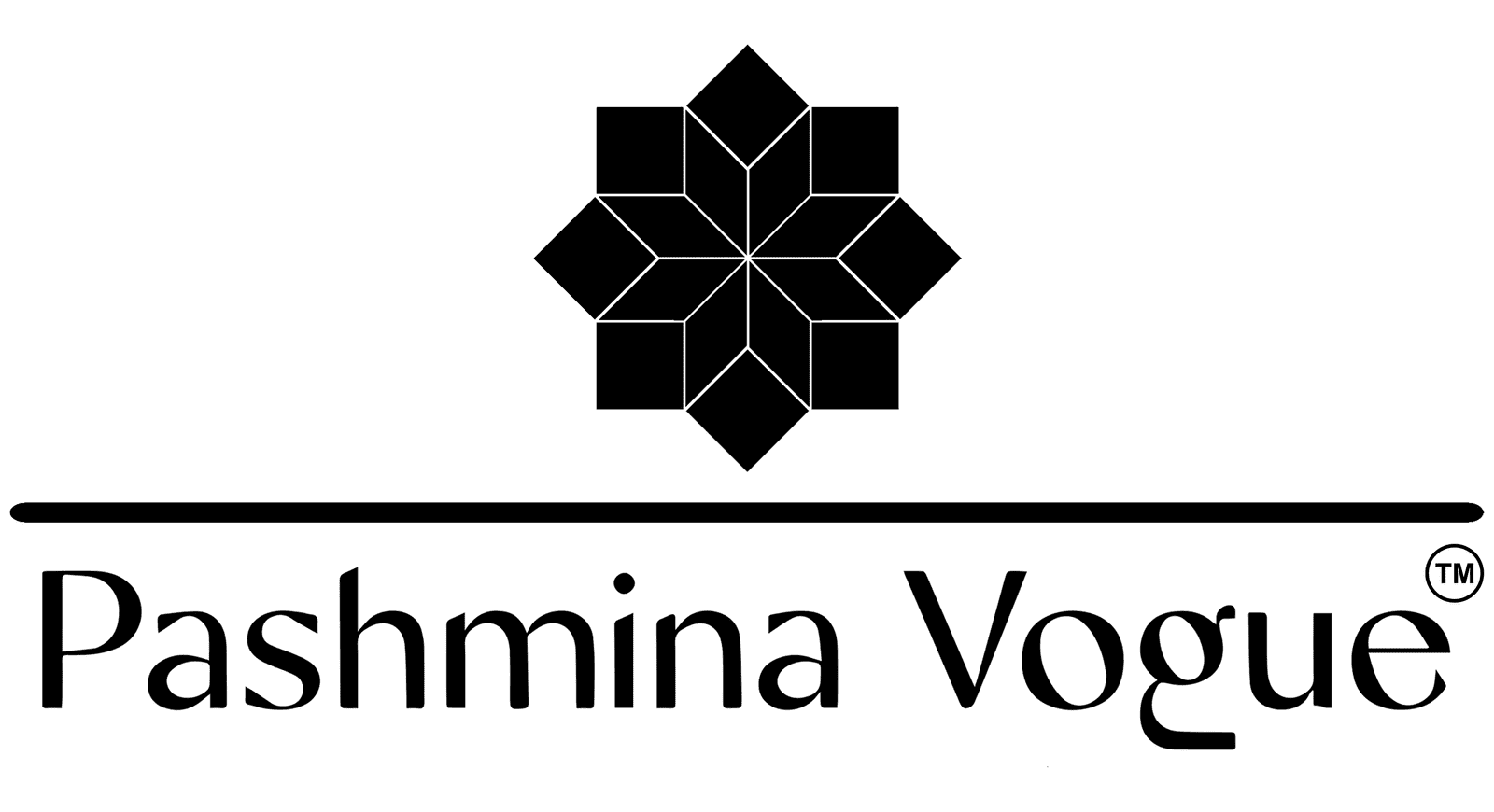First of all,
Often Shahtoosh shawl is mistaken as Pashmina and Cashmere while as the sources and the ways of procurement are totally different and the diameters of the fabric also differ. Shahtoosh was sourced from an endangered antelope whose wool had a diameter of 10-12 microns making it the “King of fine Wools”, while as the pashmina is procured from Changra Goats and the wool has a diameter of 12-16 microns. Nowadays procurement of Shahtoosh is unethical while Pashmina procurement and crafting is completely ethical.
We shall examine the reason behind Shahtoosh’s ban as well as the effects of this restriction in this blog article.

Tibetan Antelope Chiru
Pic Credits : Nat Geo
Conservation Concerns:
Chiru, is considered as an endangered species. The unlawful poaching of Shahtoosh has been fueled by demand of the stuff, which puts the existence of these magnificent animals in grave danger. Shahtoosh is prohibited as a result of international accords, such as the Convention on International Trade in Endangered Species of Wild Fauna and Flora (CITES), which acknowledge the need for conservation measures to conserve the chiru.
In 1977, the Indian government made the Chiru a protected species under Schedule I of the Wildlife (Protection) Act of 1972. All Schedule I species are forbidden to hunt and trade in, and doing so carries steep fines and jail time.
The J & K High Court received a PIL demanding that the Wildlife (Protection) Act and CITES, which forbid the import of Shahtoosh into India, be put into effect. On May 1, 2000, the High Court rendered a decision compelling the government to pass and implement its wildlife law. The state of Jammu and Kashmir eventually banned the production of Shahtoosh shawls from 2002.

Changthangi or Changpa
Pic Credits : The World
Unethical Production Practices:
Killing the chiru and removing its wool are steps in the process of getting Shahtoosh, which presents ethical questions. Governments and proponents of animal rights have denounced the manufacturing of Shahtoosh due to the cruel treatment of these animals and the illicit commerce linked to organized crime. The prohibition is a protest against the cruelty and exploitation that go into making this opulent fabric.
Strict International Regulations:
Many nations have imposed strict regulations against the import, export, and sale of Shahtoosh due to the ethical and environmental problems it has raised. These rules seek to enforce international agreements to safeguard endangered animals, reduce the market for Shahtoosh goods, and deter illicit activity.
Rarity & Labor-Intensive Production:
The labor-intensive production technique and the wool’s rarity are what make Shahtoosh shawls so exclusive. The exquisite workmanship required in hand-weaving and embroidery, along with the exceptional quality of the fiber, add to the high price of the Shahtoosh Shawl and related items. But for those who want it, the prohibition on its trading gives it an even greater aura of mystery and appeal, making it a forbidden luxury.
In conclusion, the prohibition on the manufacturing and trade of Shahtoosh highlights the need of ethical and responsible consumerism, even though the brand is still highly regarded for its exceptional quality and craftsmanship. The preservation of threatened species, like the chiru, is more important than the demand for high-end, opulent materials. Understanding the rationale behind Shahtoosh’s ban as customers enables us to make decisions that support morality and sustainability, protecting the biodiversity of our world.
